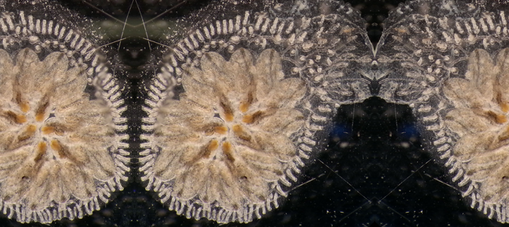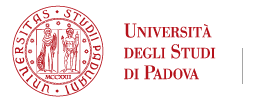
A star ascidian shows the evolutionary origin of our blood cells and immune system
Pubblicato il: 12.12.2018 10:49
A tiny marine invertebrate, Botryllus schlosseri, encrusting floating docks and other organisms in shallow seawaters, such as the Lagoon of Venice, is revealing important aspects on the evolution of mechanisms generating the repertoire of our blood and immune cells.
This species was introduced for the first time as laboratory model about 60 years ago in our University by professor emeritus Armando Sabbadin. It belongs to Tunicates, animals considered our closest relatives and, therefore, very useful to understand the emergence of Vertebrates, which include also human.
Botryllus, during its development, forms swimming larvae possessing features characterizing also vertebrates: a notochord as support structure, a dorsal hollow nerve tube, and a ventral pharynx. However, these features are lost during larval metamorphosis that concerns the development of sedentary, filter-feeding individuals. Each of them possess the ability to multiply also asexually, forming colonies in which individuals organize in small stars. This ability, occurring thanks to circulating stem cells, represents an extraordinary property of the species.
Researchers of the University of Stanford, with the collaboration of prof. Lucia Manni (Department of Biology, University of Padova) isolated the Botryllus stem cells that are the foundation of its blood and immune system. In vertebrates, blood cells differentiate during a process called haematopoiesis in bone marrow. At the heart of this process are haematopoietic stem cells, which are multipotent and self-renewing. Although differentiation, physiological regulation and niche occupation of blood stem cells in mammals are studied, they are hard to find and is difficult to follow what happens in their niche.
Now, these researchers have identified in Botryllus the hematopoietic stem cells, their immune effector cells and niche. The latter is represented by the endostyle, a glandular structure of the pharynx analyzed ultrastructurally at the Department of Biology of the University of Padova. The study suggests that the vertebrate haematopoietic bone marrow and the Botryllus endostyle niche evolved from a common origin.
The results obtained through this fruitful collaboration have been recently published by the prestigious journal Nature (https://rdcu.be/bcAiJ).





